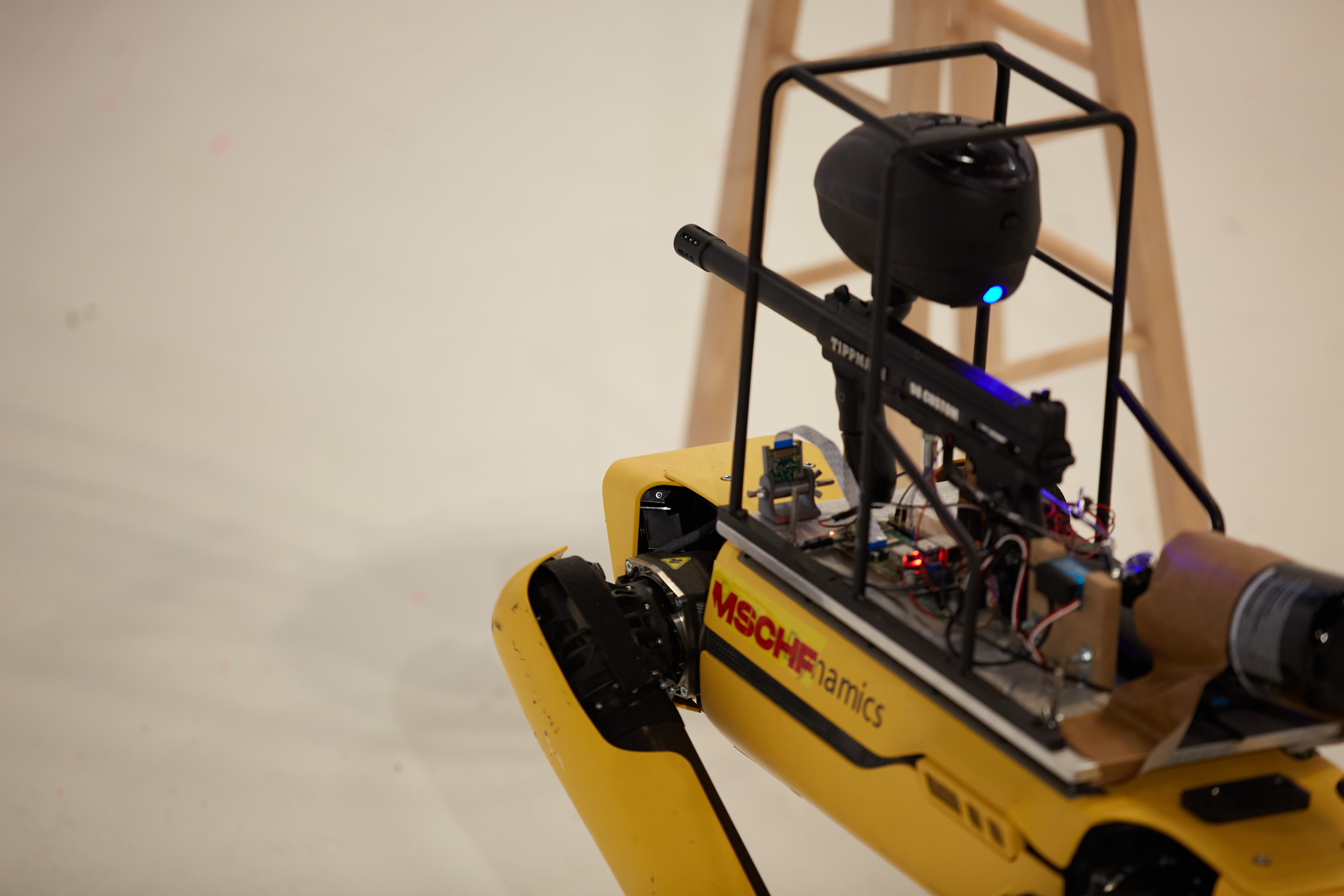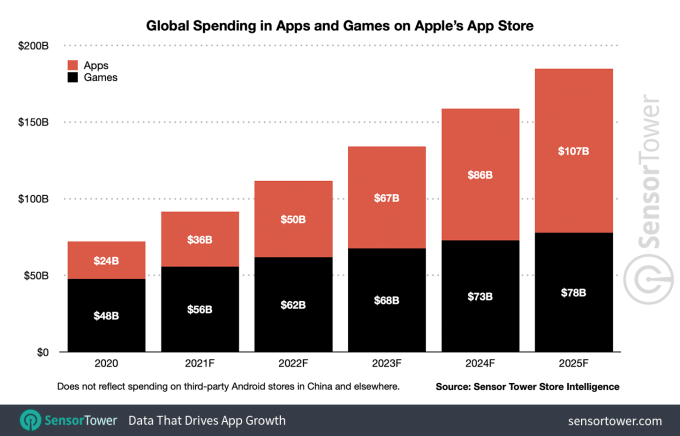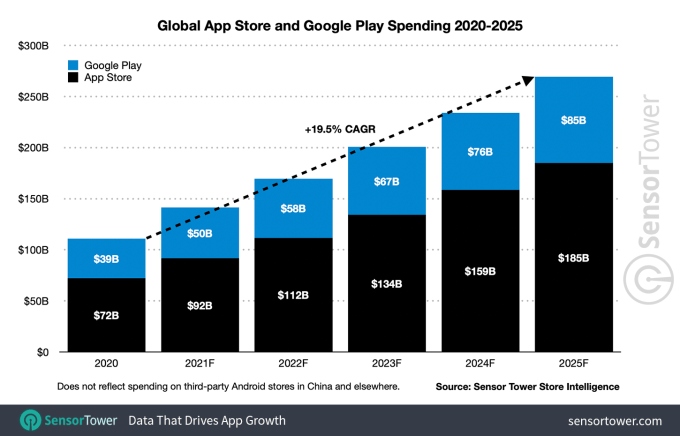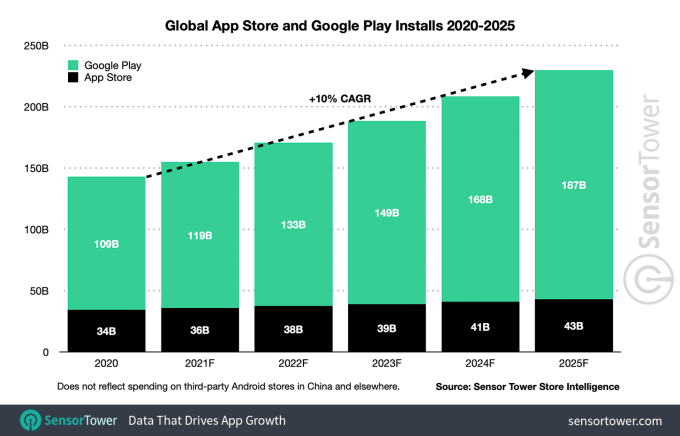The Station is a weekly newsletter dedicated to all things transportation. Sign up here — just click The Station — to receive it every weekend in your inbox.
Hi friends and new readers, welcome back to The Station, a newsletter dedicated to all the present and future ways people and packages move from Point A to Point B.
Before you get to reading The Station, a small update for you. As transportation editor — a new title I gained last month — I am focused on building a team and deepening our coverage. My first task was to bring on Mark Harris, who will be writing investigative pieces as well as articles for our subscription product Extra Crunch.
His first EC piece, which will publish this coming week, is a deep dive into solid-state batteries. This isn’t some one-off. Each month, EC will publish two “market map” articles, which focus on a particular slice of the transportation industry, along with other mobility-related analysis. I’m also bringing on more reporters to beef up coverage over at TechCrunch. A few of these folks have an expertise in automotive tech and are helping me revamp the traditional car review into something more TechCrunch-y.
Email me at kirsten.korosec@techcrunch.com to share thoughts, criticisms, offer up opinions or tips. You can also send a direct message to me at Twitter — @kirstenkorosec.
Micromobbin’

Remember last week when I wondered out loud if a new diversification trend was afoot in the micromobility sector? A growing number of companies are either adding new products to their portfolios or technological upgrades. For instance, Lime has added mopeds to its portfolio and Spin is testing out new three-wheeled scooters that can be remotely operated, via software and people power from Tortoise.
Revel has taken this diversification to a new level. The shared electric moped startup said it will start offering monthly electric bike subscriptions in New York, making this is the second new business venture the company has announced in the past several weeks.
Until the end of January, Revel was just a shared electric moped startup. Then it added a DC fast-charging station for electric vehicles in New York City. This new “Superhub” will contain 30 chargers and be open to the public 24 hours a day. Revel said it will open other Superhubs across New York City.
A week or so later it announced it was expanding into monthly subscriptions for electric bikes. The pedal-assist bikes, which are manufactured by WING Bikes, come equipped with a 36-volt battery that can travel 45 miles on a single charge and can reach speeds of 20 miles per hour.
It doesn’t seem — based on comments I received from Revel CEO and co-founder Frank Reig — that the company is done adding business ventures or products. “Safe to say that this will not be our last big announcement in 2021,” Reig told me.
Stay tuned.
Deal of the week

A few years ago, I thought that lidar — the light detection and ranging radar that measures distance using laser light to generate a highly accurate 3D map of the world — had reached its peak. More than 70 lidar startups existed at that time and the timelines around the deployment of autonomous vehicles, which would theoretically unleash massive demand for the sensors, was slipping.
Consolidation seemed inevitable. Then came the wave of pivots, when lidar companies employed various strategies. Some started to market their sensors to other industries and others touted the perception software that accompanied the lidar. Many targeted automakers with the pitch that their sensors could make the advanced driver assistance systems more robust, reliable and safe.
A new trend is afoot in lidar land. Merging with SPACs, or special purpose acquisition companies, have become a go-to path for companies wanting to access the level of capital that the public market can provide. Lidar companies have joined the party in recent months with Aeye becoming the latest guest to arrive.
Aeye announced it was going public through a merger with CF Finance Acquisition Corp. III that will value the company at $2 billion. Under this deal, AEye said it was able to raise $225 million in private investment in public equity, or PIPE, from institutional and strategic investors that include GM Ventures, Subaru-SBI, Intel Capital, Hella Ventures and Taiwania Capital. Other undisclosed investors also participated. Through the transaction, AEye will have about $455 million in cash on its balance sheet, proceeds that include $230 million in trust from CF Finance Acquisition Corp. III, a SPAC sponsored by Cantor Fitzgerald.
Aeye is the sixth lidar company to announce a SPAC since last summer. Velodyne Lidar kicked off the trend when it announced that it planned to go public through a merger with special purpose acquisition company Graf Industrial Corp., with a market value of $1.8 billion. Others soon followed, including Luminar, Aeva, Ouster and Innoviz.
Which lidar company will be next?
Other deals that caught my eye this week …
Dingdong Maicai, the Chinese grocery app backed by Sequoia Capital China, is considering an initial public offering in the U.S. as soon as this year, Bloomberg reported.
Li-Cycle Corp, a lithium-ion battery recycler, is close to reaching an agreement to go public through a merger with Peridot Acquisition Corp., Reuters reported. The combined company would have a valuation of about $1.7 billion.
Metropolis, a new parking payment and management startup based in Los Angeles, has raised $41 million in financing from investors, including real estate managers Starwood and RXR Realty, Dick Costolo and Adam Bain’s 01 Advisors, Dragoneer, former Facebook employees Sam Lessin and Kevin Colleran’s Slow Ventures, Dan Doctoroff, the head of Alphabet’s Sidewalk Labs initiative; and NBA All Star and early-stage investor, Baron Davis. Global growth equity firm 3L led the round.
Fun fact: founder Alex Israel sold his last company, ParkMe, to Inrix back in 2015.
Recogni Inc., a startup that is developing an AI-powered vision recognition module for autonomous vehicles, raised $48.9 million in Series B funding round. Investors included BMW i Ventures, Toyota AI Ventures, and existing investors, along with Robert Bosch Venture Capital and Continental.
Super73, the direct-to-consumer electric bike startup, raised $20 million Volition Capital. The Southern California-based company plans to use the capital to hire more staff, improve customer service operation and expand its product portfolio, The Verge reported.
Volkswagen is weighing the possibility of spinning out its Porsche unit, Bloomberg reported. The company is reportedly meeting with advisers to evaluate a potential initial public offering or spinoff of the sports car brand.
Volta Energy Technologies, the energy investment and advisory services firm, closed on nearly $90 million of a targeted $150 million investment fund, according to people familiar with the group’s plans. The venture investment vehicle complements a $180 million existing commitment from Volta’s four corporate backers, Equinor, Albermarle, Epsilon and Hanon Systems.
Investor survey 2021
Once a year, I like to reach out to investors and ask them a bunch of questions in an effort to understand where they’re putting their capital, identify emerging trends and get a general sense of where the industry, and its many sub sectors, are heading.
I surveyed 10 investors this time around and published the results in our subscription product Extra Crunch, where there will be a lot more transportation analysis in 2021. I encourage you to subscribe. In the meantime, here’s taste of what a handful (not all 10) had to say when I asked this:
What are the overlooked areas that you want to invest in, now that legacy automakers are shifting their portfolios to electric and new EV manufacturers are preparing to start production?
Clara Brenner, Urban Innovation Fund co-founder/managing partner : We are very interested in the emerging fleet management space — and this is reflected in a number of our recent investments, including Electriphi (software to help fleets transition to electric) and Kyte (activating underutilized fleets to deliver a magical car rental experience). There are so many efficiencies that come from the fleet model for transportation — we think this will be an increasingly important area in the coming years.
Dave Clark, partner at Expa: Don’t give the incumbents too much credit. As technology becomes commoditized we’ll see new competitors push their way into the market, especially around new designs more suitable to an autonomous and shared system.
A few specific examples for your readers: EVs are approaching price parity with gas-powered cars with the improvements to carbon-neutral/negative-emission tech, energy storage, microgrids and battery tech. We’re about to see drone infrastructure and service business models scale as we approach an inflection point in consumer adoption and industry regulation.
Finally, as autonomous vehicle tech approaches commoditization, there will be plenty of opportunities in the software layers that optimize routes and orchestrate resources across supply chains.
Abhijit Ganguly, senior manager at Goodyear Ventures: The secular trend toward electrification presents opportunities to OEMs, Tier 1 vendors and aftermarket participants alike. We continue to see opportunities in EV fleet management, aftermarket solutions for improving uptime, and reducing cost of operations and supportive infrastructure development (software and hardware) for easy deployment. Envoy, a Goodyear Ventures portfolio company, is capitalizing on these opportunities through its shared mobility EV platform.
Rachel Holt, co-founder/general partner at Construct Capital: We invested in a really interesting company building the software operating layer to help EV hardware manufacturers “connect;” the software layer of EV is going to be a very interesting space.
Sasha Ostojic, Playground Global operating partner: There seems to be an overlooked opportunity with consumer automotive apps. We have apps to manage our homes (cameras, speakers, sensors, etc.) so it’s only natural that our cars should join that ecosystem. At first it will be OEM-specific apps (like the Tesla app or the terrible GM app), but I expect an evolution of open APIs where you can add any car to your “garage” (like adding a device to Google Home).
Sebastian Peck, InMotion Ventures’s managing director: I think the market may not have fully appreciated the vast potential of connected vehicle data yet, in part because that data is currently still hard to access for developers. We see more OEMs making APIs available in 2021 and we expect this will become a very dynamic space with a lot of innovation benefitting consumers and commercial fleet managers.
Commission on Future Mobility Q&A
The Commission on the Future of Mobility is a new global coalition of business, industry, technology and policy leaders with a gigantic mission. The organization recently announced a slew of appointments to its board, notably Mary Nichols, the former chair of the California Air Resources Board and Jim Farley, president and CEO of Ford Motor Co. Other commissioners include, Ola Cabs Chairman Bhavish Aggarwal, Valeo Chairman and CEO Jacques Aschenbroich and Avinash Rugoobur, who is president of Arrival.
I thought it was time to learn more and so I reached out and had a chat with Alisyn Malek, the organization’s executive director and the former COO and co-founder of May Mobility.
Here’s an edited version of our conversation.
ME: It says here that the ultimate objective of the commission is to recommend a framework for regulations in the American, European, and Asian markets that reflects and facilitates the technological transformation taking place. That’s a lot.
MALEK: It’s a big goal. (laughs)
ME: Why take a global approach to this?
MALEK: We think it’s really important to take a global approach because that allows you to be open to more options of what solutions could look like. If we were only looking at a specific region — yes, it’s a little bit easier in terms of what you need to focus on and the problems that you need to solve — but we also worried that it would limit us. By taking this global approach, we think it really creates the opportunity to take the best of what everybody is trying to do and put those out as options for people to really understand what the future could look like.
ME: Will this framework acknowledge that each region has its own demographics and nuances and cultural behaviors and infrastructure?
MALEK: We realize that there’s not going to be a one-size-fits-all solution, so our hope is to be able to put together a compelling vision and create options that different policymakers can select from and better understand the trade offs between them.
ME: The CFM emphasizes that its results are going to be based on data methodologies. Can you explain exactly the type of hard data that’s going to be used.
MALEK: We recognize that a lot of work has been done in these spaces before, so we will be looking at the current literature and working to add some new information and insight. We do think that there are areas where data needs to be collected.
For example, the changes in freight and the rise of e-commerce through the pandemic. That may be an area where we go in and try to understand a new data set. I don’t know that we would be outfitting vehicles to take that type of data — we’ll be looking for for existing data to feed our studies. That’s an area that is just so new that there really isn’t going to be a lot out there, so I think that’s a place where we may be substantially additive in the data perspective.
ME: Why does the transportation world need another commission?
MALEK: When we think about all of the commissions in mobility that exist today — and there are many — they are either focused on the advocacy of a specific topic or are interested in doing the research and adding to the knowledge base, but not necessarily carrying that through to advocacy to help drive change.
A big part of how the Commission on the Future of Mobility is different is the fact that is bringing together industry leaders across the movement of people and goods so we can hash out the hard questions internally as we work on our proposals and then bring those to an advocacy stage and help drive that change.
One AI thing

Image Credits: Bryce Durbin
Finally, I have to share my article about Anthony Levandowski, the former Google engineer who avoided an 18-month prison sentence after receiving a presidential pardon last month.
I learned (and reported) that Levandowski has officially closed the church he created to understand and accept a godhead based on artificial intelligence. The church, called Way of the Future, sparked interest and controversy — much like Levandowski himself — from the moment it became public in a November 2017 article in Wired.
But as I noted in my article, it wasn’t just the formation of the church or its purpose that caused a stir in Silicon Valley and the broader tech industry. The church’s public reveal occurred as Levandowski was steeped in a legal dispute with his former employer Google. He had also become the central figure of a trade secrets lawsuit between Waymo, the former Google self-driving project that is now a business under Alphabet, and Uber.
Levandowski dissolved the church at the end of the year. However, the process had started months before in June 2020, documents filed with the state of California show. The entirety of the church’s funds — exactly $175,172 — were donated to the NAACP Legal Defense and Education Fund.
I did talk to Levandowski and while he didn’t get too deep into “why” he closed WOTF, he did say that he still believes in its premise. He believes that artificial intelligence will fundamentally change how people live and work and that it can be positive for society. He noted that is not guaranteed. Even without Way of the Future, Levandowski said he’s focused on making that happen.












